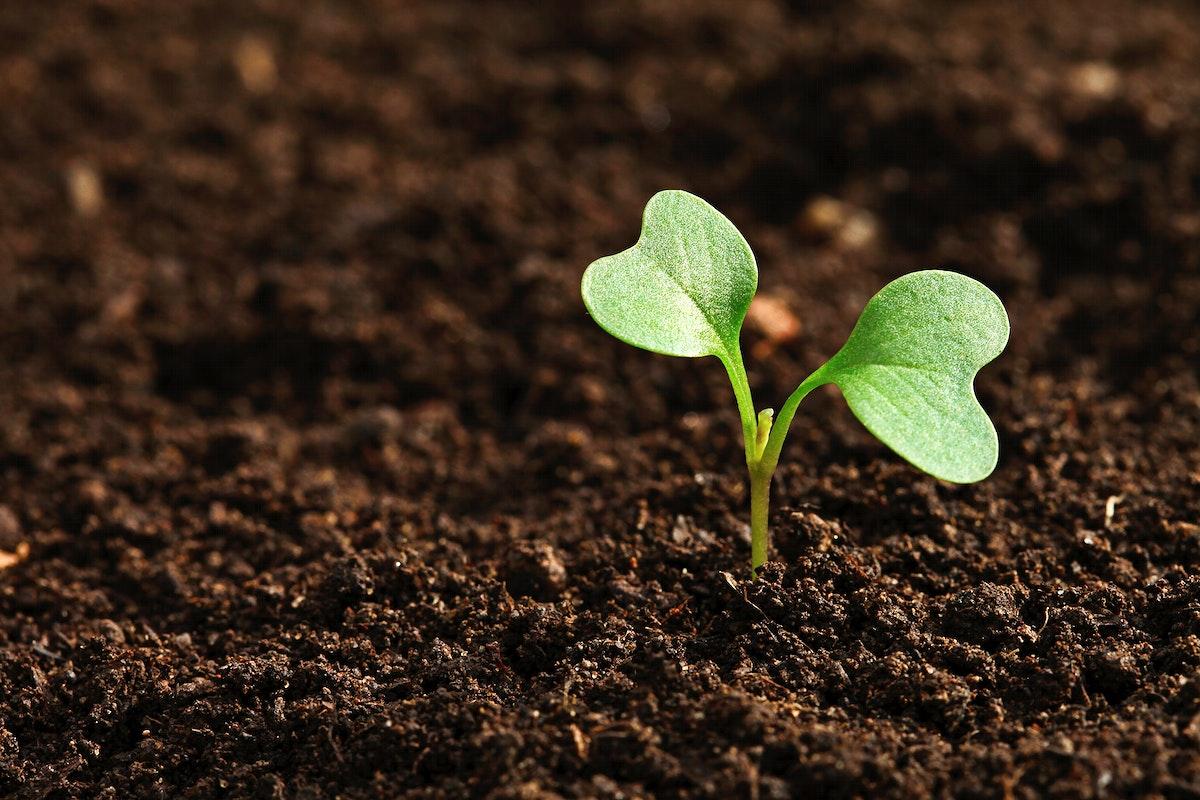
Learning How Pumpkins Grow using Coding
by Marguerite Samples
Just like many things we do in our lives, pumpkin growth and coding follow a pattern. Students will learn the life cycle of a pumpkin and fill in a practice page that talks about the pumpkin's life cycle.
Then there are coding (unplugged) activities to reinforce the science of the life cycle. This is a great lesson to introduce sequencing that is found in many content areas.
Lesson Plan Link/URL
https://docs.google.com/presentation/d/1U2lS2cRDpH7N-_n11vSVr2Yq7LIRK_Wz/edit?u…Subject Area
Science Life Science L1: Cells Technology 5. Computational Thinker Engineering S2: Apply the Engineering Design Process S4: Apply Science to Engineering S5: Apply Technology to Engineering English Language Arts (ELA) Reading (Literature) Writing
Featured
Off
Related Content

Grades:
Kindergarten, 1st Grade, 2nd Grade
Students will learn and explain about pollination and how it helps plants to grow and reproduce. After reading about pollinators, students will collaborate and communicate effectively with their peers

Grades:
6th Grade
In this unit, students will study the effects of acid rain and chemically engineer an environmentally friendly solution to neutralize the acid in a simulated river contaminated by factory run-off

Grades:
5th Grade
In this fun lesson, students create models of the Earth, sun, moon, and planets that can go on robots. They experiment with light and movement to demonstrate the rotation of sun, earth, and moon using